Algarve Under a Blanket of Snow – 68 years ago today
On Monday this week in the Algarve the temperature reached an unseasonable 23.5C in the Aljezur in the Algarve, but on 2nd February 1954 that was far from the case.
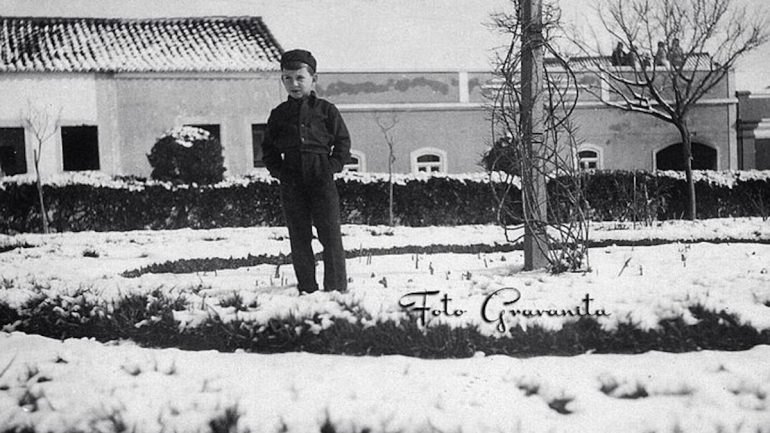
Boy pictured in Lagoa
The winter of 1953/54 was a very cold one in Portugal with the record low being set on 5th February 1954 in Penhas da Saúde, Miranda in the north, at minus −16.0 °C. But it was not only the north that saw cold temperatures and snow it was the Algarve as well!
Although experiencing a very intense cold, not only in Portugal, but also in the rest of Europe, nothing could foresee the unusual event about to unfold. The Algarve, used to mild temperatures, lived through days of an icy winter that led to the fall of a heavy snowfall throughout the region.
It was an unusual phenomenon, but not unheard of in the South, this arrival for a few hours of a rare Algarve snow – the snowflakes falling, it was said, like the petals of almond.
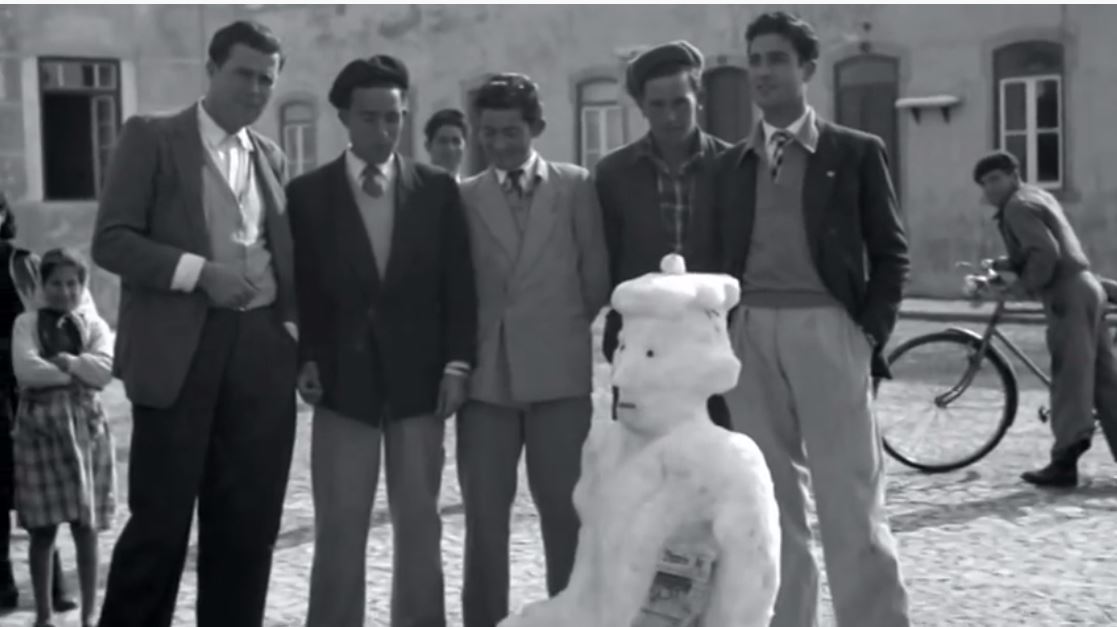 For its uniqueness, the snowfall was recorded in the memory of all who witnessed it and was widely spread by the journals of the time as the “Daily News” (DN), “The Century” and “The Voice”.
For its uniqueness, the snowfall was recorded in the memory of all who witnessed it and was widely spread by the journals of the time as the “Daily News” (DN), “The Century” and “The Voice”.
On 1 February, snowfall in Lagos and Odiáxere, causing great confusion among the population. Also in Lagos, were seen a few flakes still January 31, but it was February 2 that the snow hit, there and throughout the region.
At its peak: “This afternoon [February 2] from 16.00 to 19.00 hours, snow fell with greater intensity, so the city was all covered in white. On the roads snow reached between 25 cms and 50 cms. There is no memory among the elderly people of the land of anything similar to what now witnessed and it is commented how strange a phenomenon it is in these parts. “The temperature dropped quite dramatically, reaching, in Portimão, 1 ° C.”
Lagos fell “under an icy cold”, along with drizzle. In Odeceixe, the phenomenon lasted for three hours, snowfall in some places, being more than 20cms deep, leaving the fields “completely white”, an unprecedented vision.
Also in Lagos it snowed abundantly. The same happened in Porches, while in neighbouring Pera Pera, just in almond snow caused admiration: “as a wonderful spectacle never seen in this town.” “With a uniform shade of sky of lead and absence of wind, snow fell in the morning, on this location. The roofs and the fields were completely white and the show for the first time here observed, strongly impressed the population.”
About Alcantarilha it was published: “The cold has been very intense. In the morning there was snowfall, which astonished many people, because in truth there is no memory of such a large amount of snow. The extremely light flakes, seemed petals of almond flowers.” In the railway junction of Tunes, the village “was under a thick blanket of snow. No memory of a snowfall so intense in the Algarve.”
In the old city of Silves, “snow fell on this city and surroundings all afternoon yesterday, providing a rare show of beauty. No-one remembers such low temperature, nor so much snow,” as reported “The Voice”, referring again: “Today, because of the snowfall that fell during the night, the fields, rooftops, trees and streets were covered with great amount of snow, the appearance of which was charming as in some points the layer reached 40 cm in depth. The entire population rushed to higher ground, to witness so beautiful an aspect which remained until the sun broke everything. ”
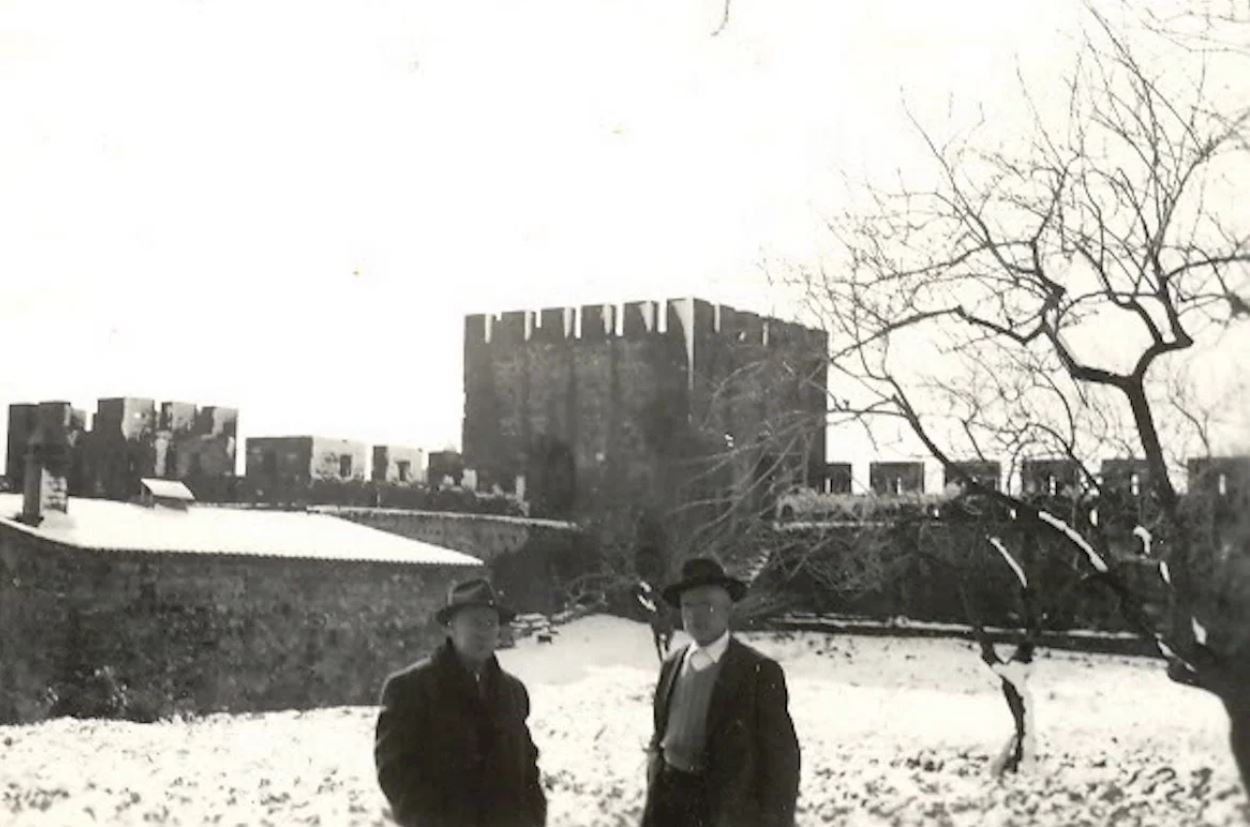
The same happened in São Bartolomeu de Messines: “It snowed yesterday with such intensity that in just over two hours the snow reached at some points, more than 30 cm thick.
In the capital district, Faro, a report dated 3rd stated: “During part of the day yesterday and last night heavy snow fell on this town, a fact which is recorded for the first time here and aroused the most lively curiosity, because the most people had never seen snow. This reached some points over a span of time and they stood for most of the day, which was very cold. ”
The same happened in Estoi, where the thermometer registered 0º C. Also in São Brás temperatures fell greatly, the thermometer registering, “two degrees below zero, which dropped to minus – 4C at 7pm hours, temperatures that there is only 23 years ago were recorded”, reported The Voice “. Snow fell in São Brás continuously for 10 hours, reaching the streets “30 cm high and, in some places, one meter”.
In turn, in Olhão, it snowed heavily during the afternoon, until about 9pm, leaving a white carpet 15 cm deep. On the street of Eng. Duarte Pacheco, drifting snow even blocked the doorways.
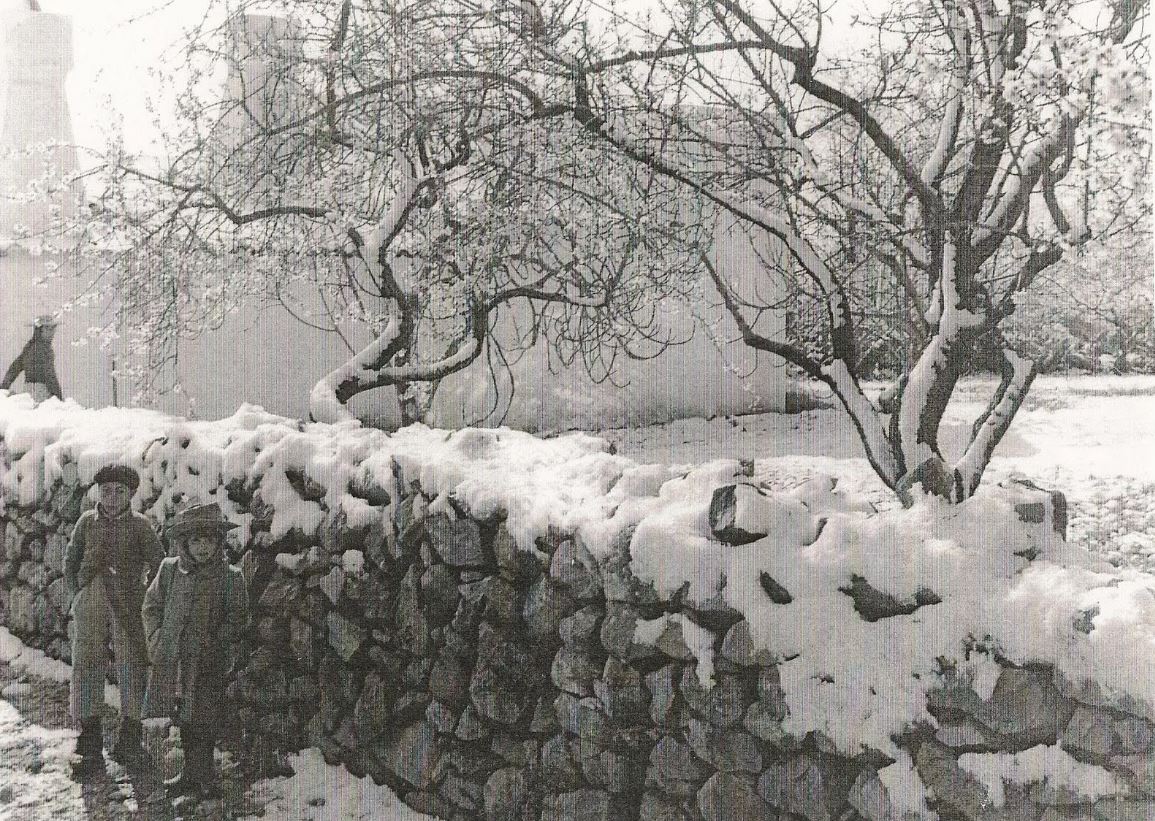
The next morning, “the village appeared wrapped in a huge white blanket of snow and ice, giving Olhão the opportunity to witness a unique spectacle. During the day, people poured into the street, the accumulated snow on the terraces of the residences, which gave rise to thick blocks that despite the sun were slow to melt. Around, the almond blossoms mingling with snowflakes, offered a great show.”
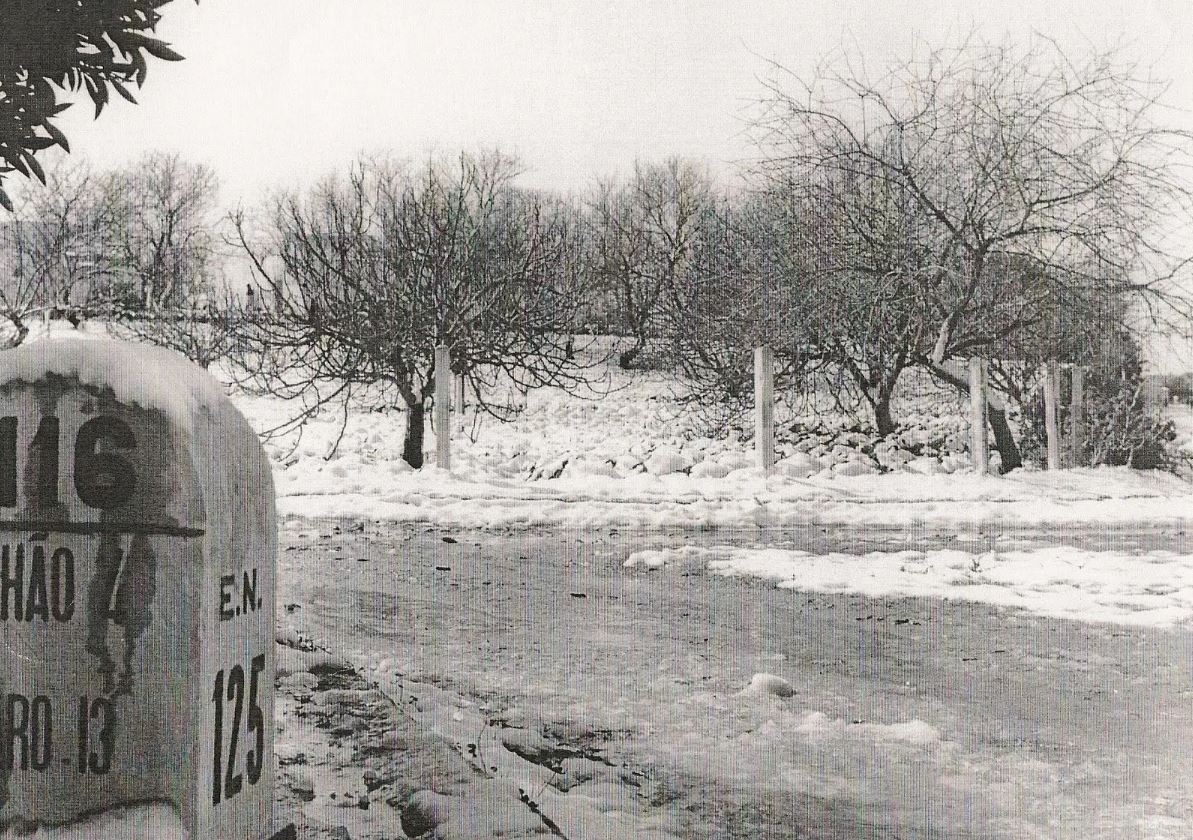
In Fuzeta, wrote the newspapers, “there is no memory as stunning as the one that occurred in this village, whose streets and terraces were covered with snow.” In fact, by the sea and all along the coast, hundreds of boats and beaches themselves were covered in snow.
In Tavira, it snowed abundantly between 6pm and 11pm, accumulating about 40 cm deep in Martyrs of the Republic. As for the fields, referred to the DN, “all the trees seem almond blossom.”
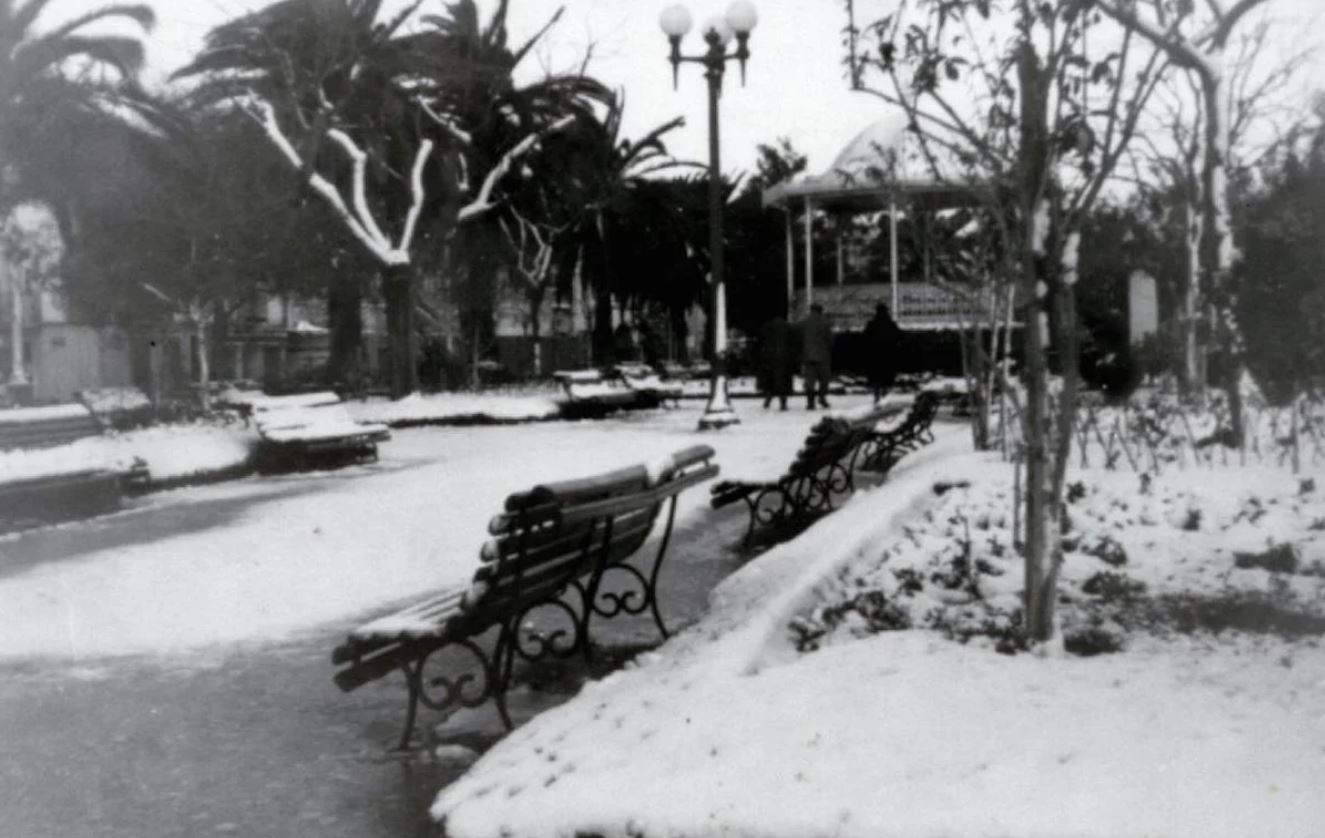
In the parish of Cachopo, the snow was about 60 centimetres, also falling in earnest in Santa Catarina. The latter locations even called the fire department from Tavira to clear snow off roofs and balconies, because they were afraid that the weight would force them to collapse.
In fact, the idyllic and charming setting caused by the snowfall was accompanied by huge losses. The press did not stop to list this saying “in the Algarve, where the rarity of the white snow of the show lent greater importance to snowfall (…)” The other side of the coin is, however, the desolation of the farmers in presence of devastated crops. Many new trees were damaged, almond crops were lost as incalculable losses for seed are the sad result of this show,” reported the DN.
“The Century” listed some damage in Silves. “The temporary theatre of the Oliveira Rafael Company, which is installed in Largo da Lady of Martyrs, collapsed with the weight of snow and volunteer firefighters could do nothing. One of the firefighters was dragged by the collapse”.
In Falacho, a large eucalyptus fell under the weight of snow, not to mention olive and carob trees. Primary schools were blocked by snow, making it painful access for students and teachers. The roads were littered with accidents, on the hillside of St. Peter some vehicles were in ditches because they skidded in the snow.
The journeys of coaches to Armacao de Pera were interrupted for four hours and factories of the cork industry did not work as a result of intense cold which was felt. Recent seed that has not germinated will not suffer losses with snow, but the peas and broad beans were burned, which causes a great loss to the region.”
These losses were repeated throughout the Algarve. In Estoi, the favais were hidden under half a meter of snow, which also happened in Frame Guide, etc. There were still roofs to be swept, as in Moncarapacho and Olhão, broken electricity and telephone lines, interrupting the respective services.
In Faro, for example, reported the DN, “all last night and part of the day the supply of electricity to the city was interrupted and from the 4pm yesterday until 11am today telephone connections with Lisbon and the rest of the country were cut.”
The same happened in Olhão, where even workers repairing damage and clearing snow had to be rescued, paralysing the work. Roads were impassable, blocked with cars and buses.
In Tavira, jobs were suspended, while in Alcoutim only journeys between Vila Real de Santo António and Martin longo took place, but in difficult conditions.
Rail connections were also affected, with train delays. There were the countless pedestrian falls in the streets and with them many arms and legs broken. The cold of those days resulted in the death of many birds and swallows that had arrived the day before, hit by the cold, and entered houses in search of refuge.
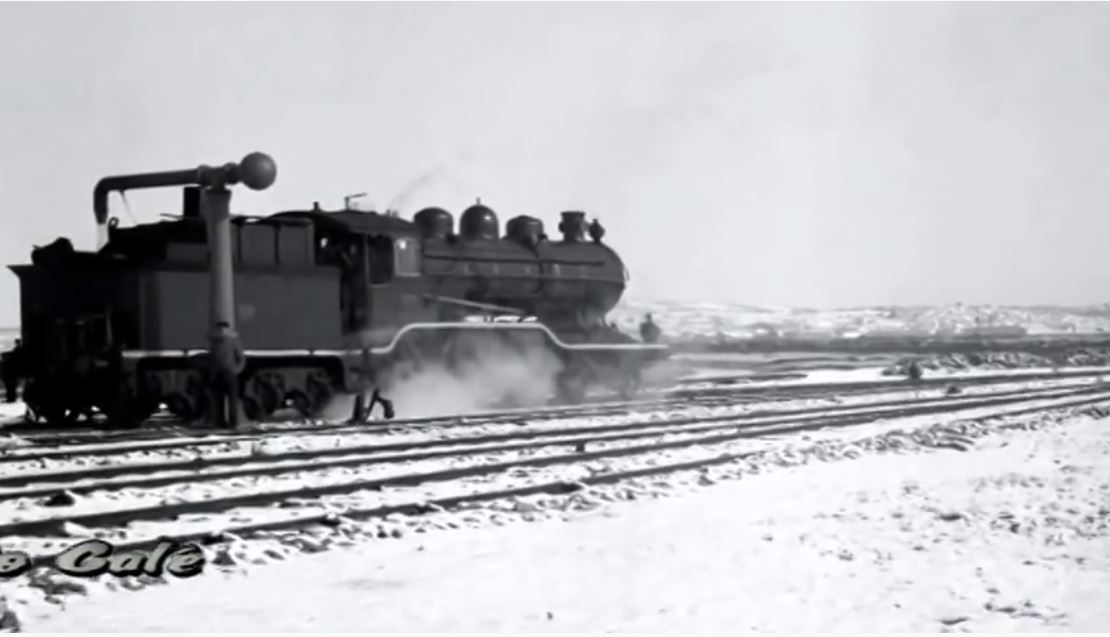
However and despite all these setbacks and losses, the snowfall was marked in memory of those who witnessed it by surprise and spectacle that created, causing still charm and wonder.
If the past 60 years, several times, small snowflakes have fallen in the region. But never to this day was repeated one of equal size to the snowfall that occurred in February 1954.
* Author: Aurelio Nuno Cabrita is environmental engineer and researcher of Local and Regional History.
Other sources: https://www.sulinformacao.pt/en/2014/02/o-algarve-cobriu-se-de-neve-ha-60-anos/
Weather temperature map based on NOAA 20th century reanalysis published by www.wellerzentrale.de.
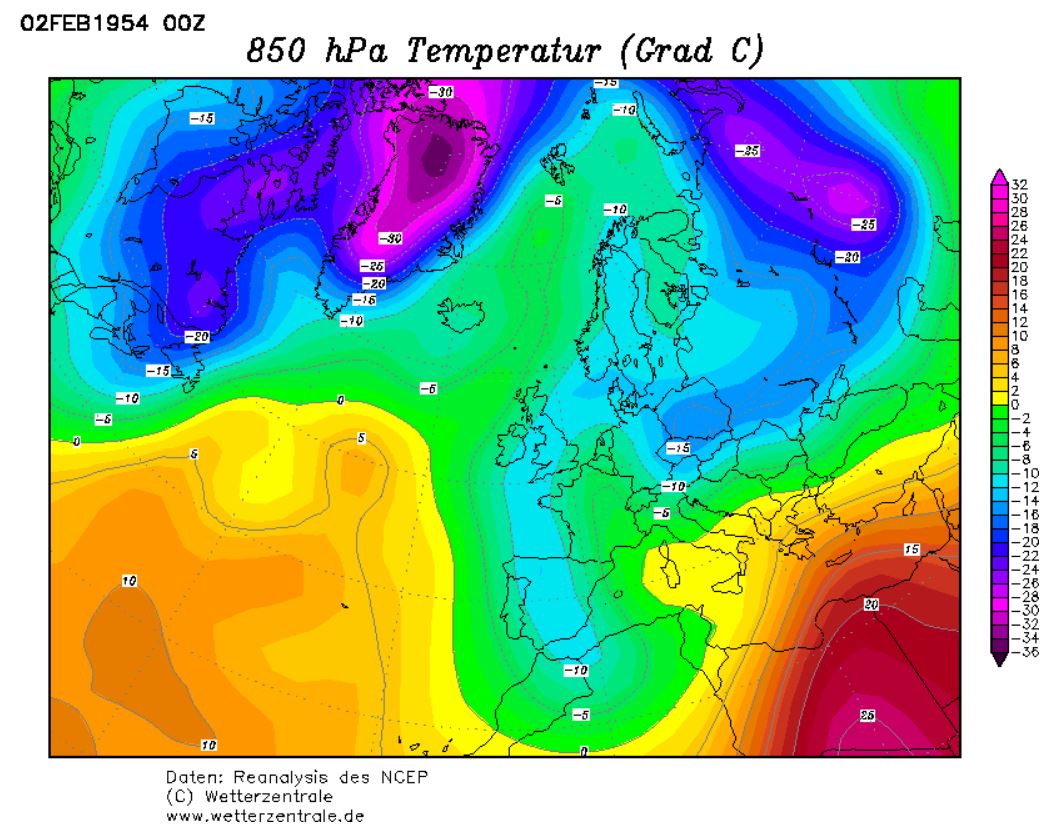








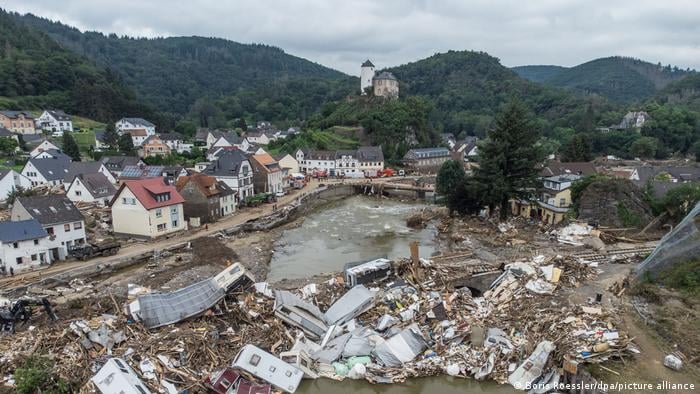

 For its uniqueness, the snowfall was recorded in the memory of all who witnessed it and was widely spread by the journals of the time as the “Daily News” (DN), “The Century” and “The Voice”.
For its uniqueness, the snowfall was recorded in the memory of all who witnessed it and was widely spread by the journals of the time as the “Daily News” (DN), “The Century” and “The Voice”.




